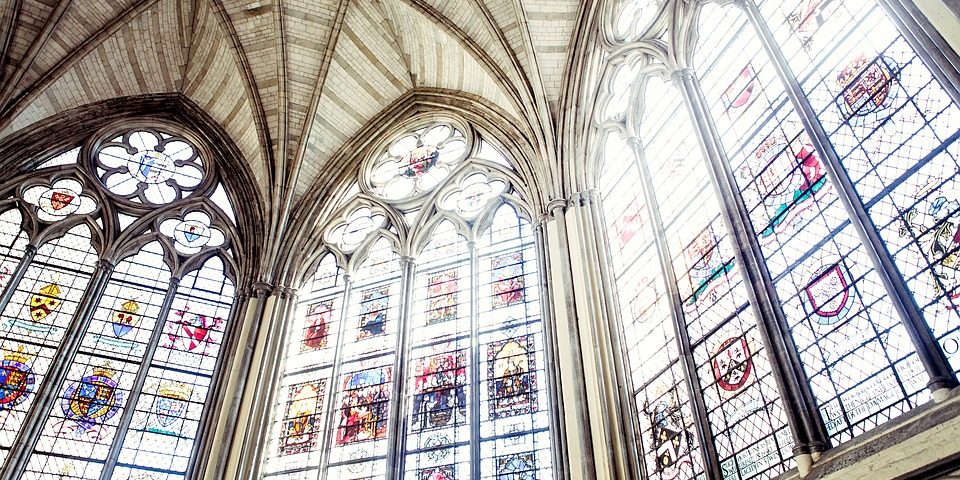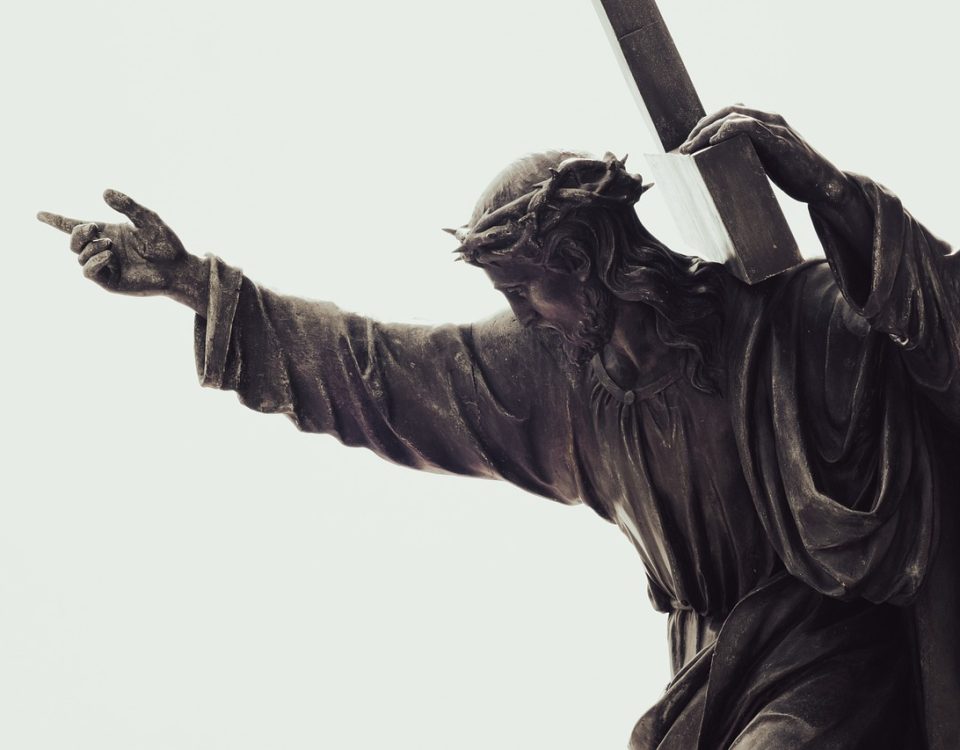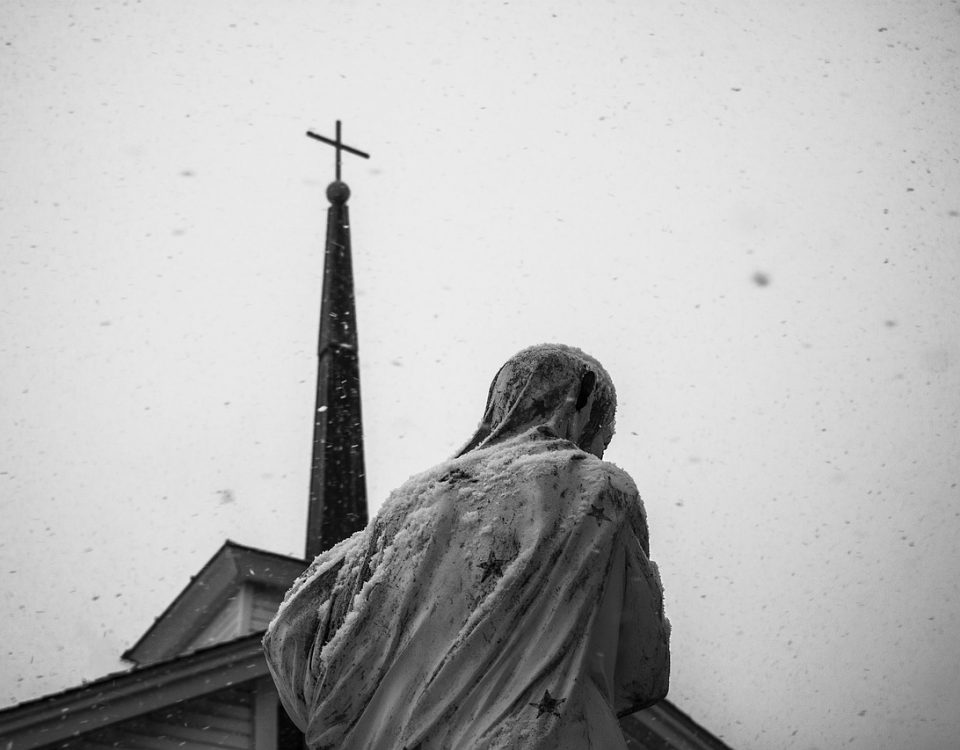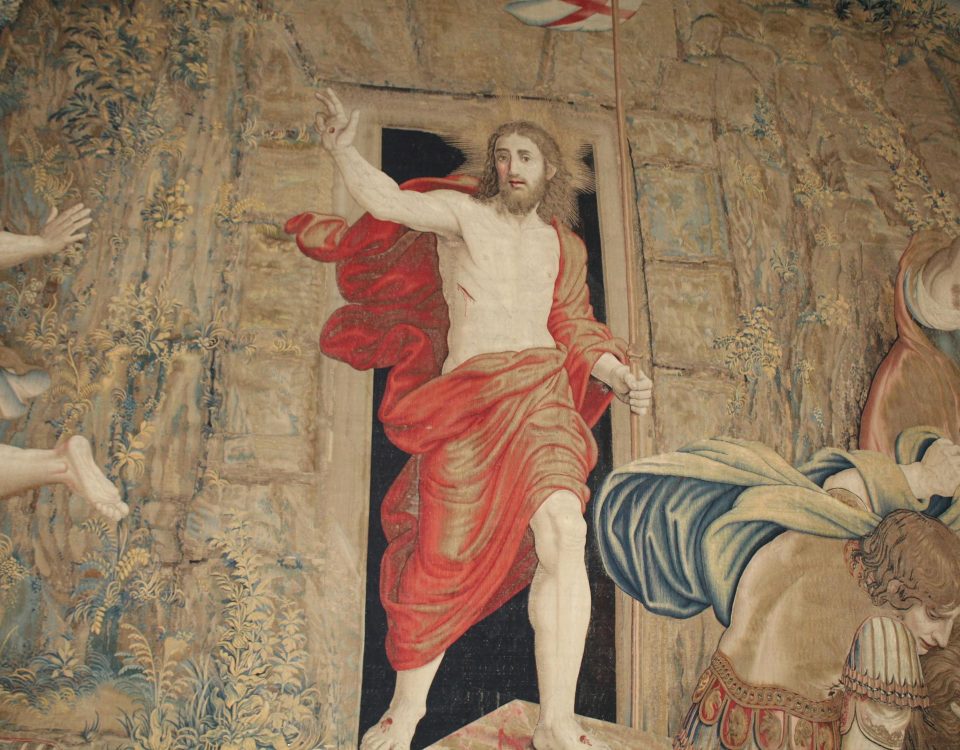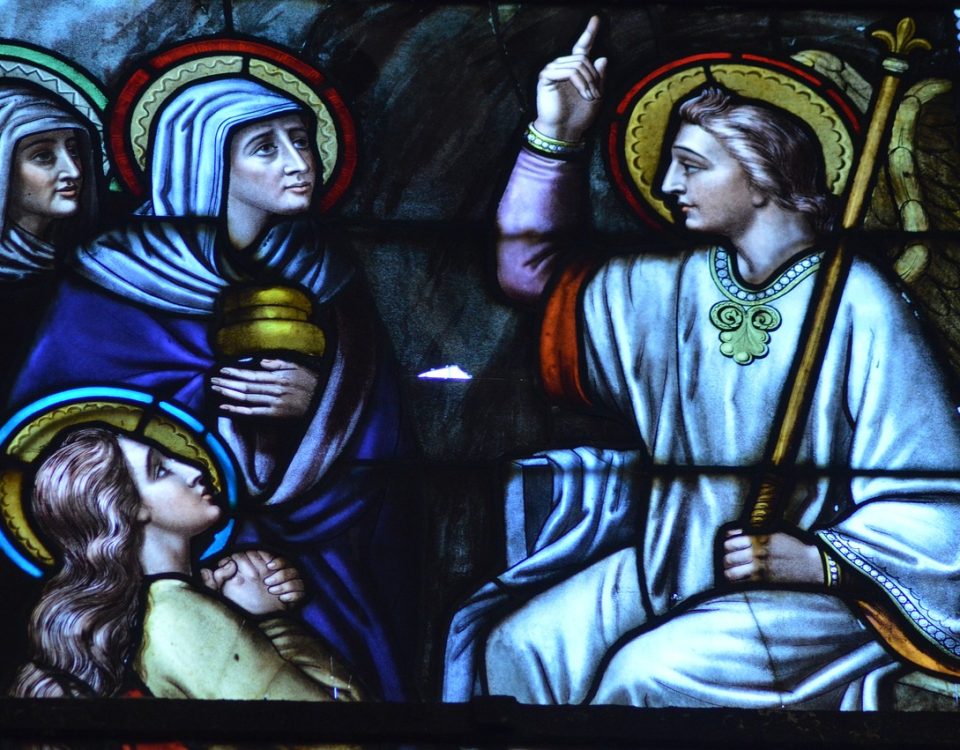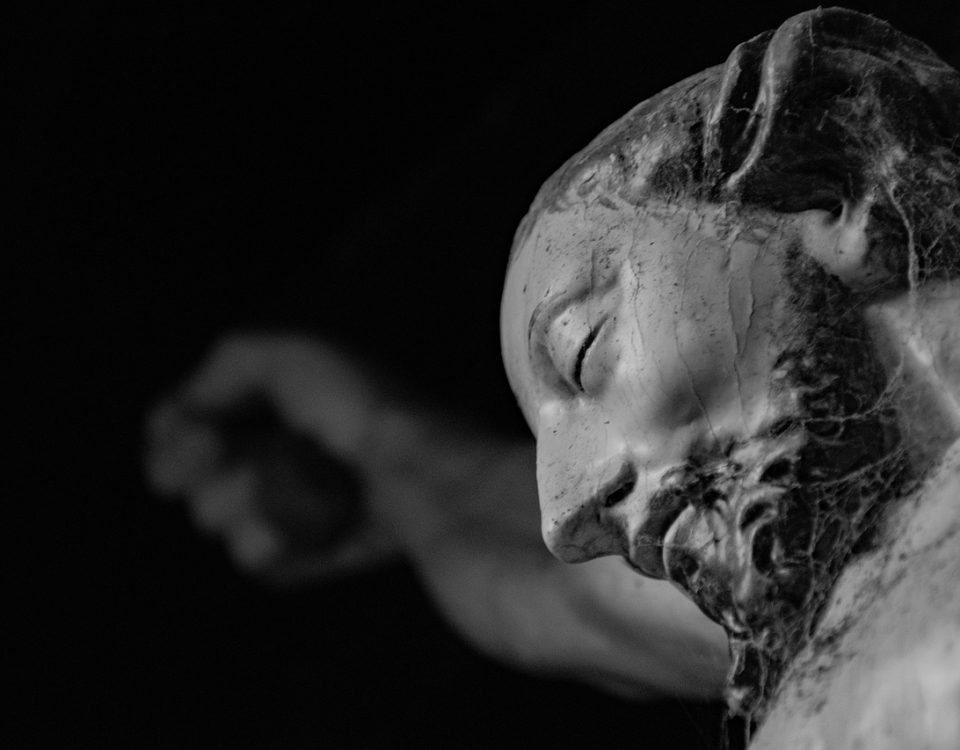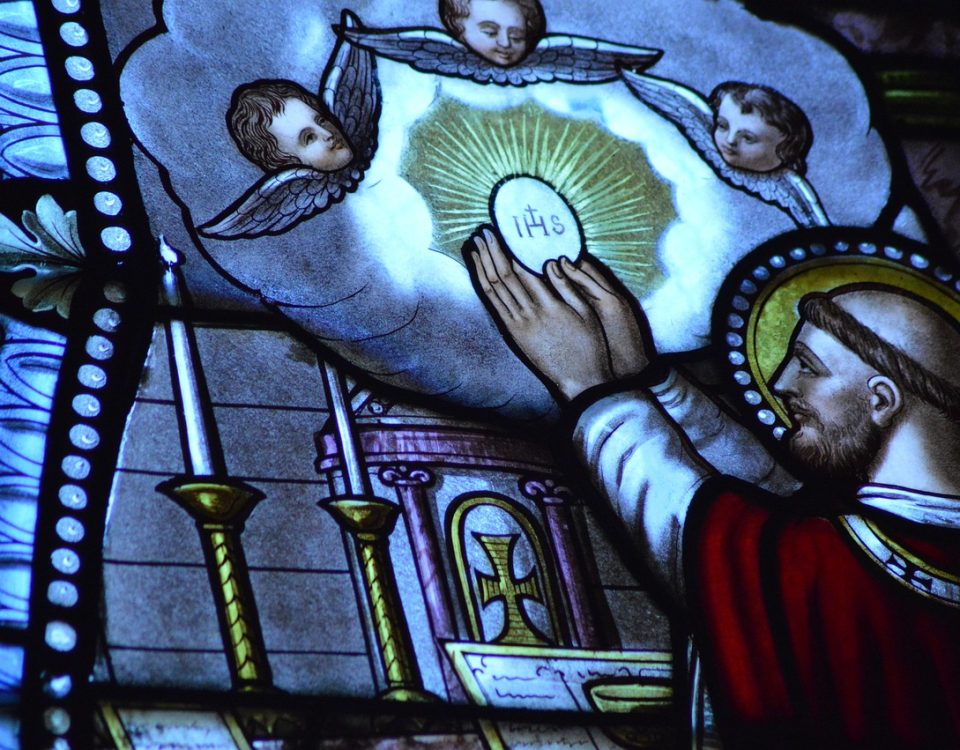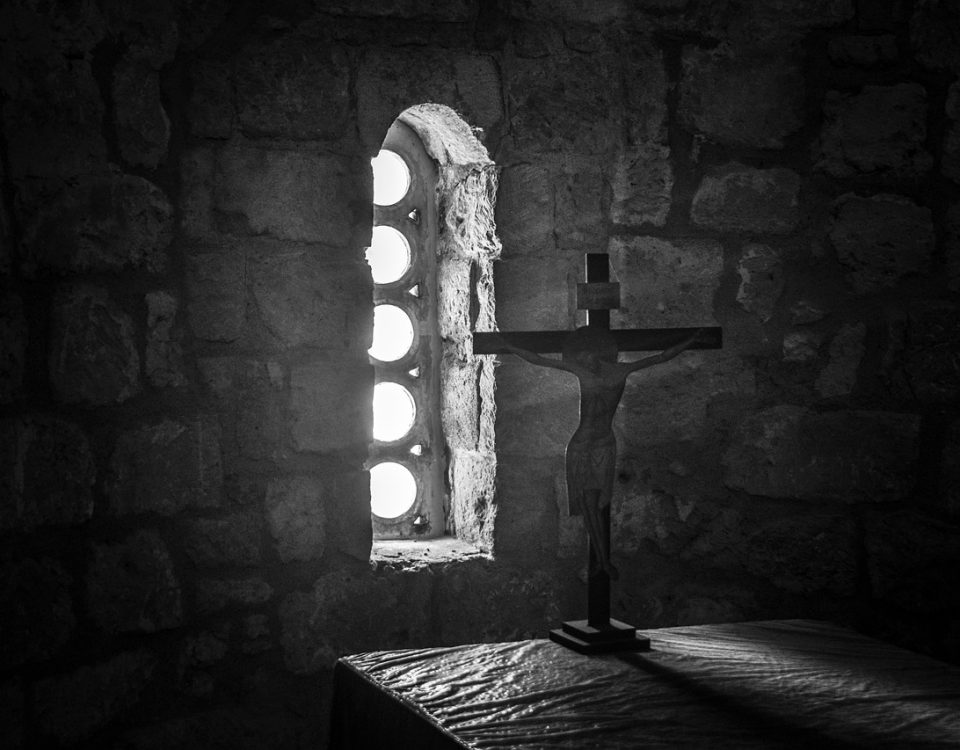The thing is, you see, he was born blind. That’s what set this miracle apart.
Giving sight to the blind would not have impressed as much as we think; mere wonderworkers did that. What was special about this miracle, John says, is that the man Jesus healed was blind from birth. Having never seen, he sees upon Jesus’s touch. That’s what was so amazing. Earlier Jesus said, “I am the light of the world” (8:12). This miracle is the testimony of that truth, that in Christ’s light we see light (Ps. 36:9).
The blind man symbolizes the believer. To believe in Christ is to be healed of blindness. To refuse Christ, not to believe, is to remain blind. This is the warning, the moral of the Pharisees’ blindness. Proud, arrogant, and hardhearted, they simply cannot accept this Galilean peasant claiming to be the light of the world and Son of the Father. They know better, they’re better educated, and therefore, they’re spiritually blind. Which keeps them from faith, from healing, because of their proud ignorance; they refuse to accept what they need.
But not you, hopefully. The story of the healing of the man born blind serves to invite us to receive Christ’s light: humbly to have faith in him and simply to seek him in relationship. We must resist the pharisaical temptation to think we know better: using education, pretended sophistication, or cultural legacy as excuses for disobedience to the teaching of Christ. The challenge reading this story is whether we’ll read it humbly, examining those ways we resist Christ. Again, because we think we know better. Because we’re blind.
And so, seek the light of Christ humbly. Confess how you’re proud; beg faith where you need it. For this is real work of Lent: Christ healing blindness.
